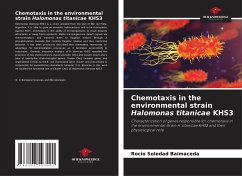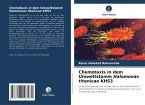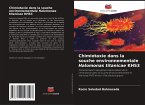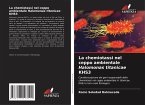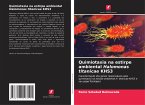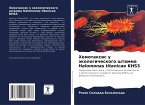Halomonas titanicae KHS3 is a strain isolated from the port of Mar del Plata, Argentina. It is able to grow on aromatic hydrocarbons and to be chemotactic against them. Chemotaxis is the ability of microorganisms to move towards attractants or away from repellents. Motile microorganisms detect signals via chemoreceptors and transmit them to flagellar motors through a phosphorylation cascade that controls flagellar rotation and thus swimming behavior. It has been previously described that chemotaxis represents an advantage for bioremediation processes as it facilitates accessibility to substrates. Genomic sequence analysis of H. titanicae KHS3 revealed the presence of two chemosensory clusters(Cluster Che1 and Cluster Che2) and a total of twenty-five chemoreceptor genes. Cluster Che1 includes genes and organization similar to the E. coli chemotaxis gene cluster and presumably is responsible for conventional chemotactic behavior in H. titanicae. In this work we studied the functional role of Cluster Che1 of Halomonas titanicae KHS3.
Bitte wählen Sie Ihr Anliegen aus.
Rechnungen
Retourenschein anfordern
Bestellstatus
Storno

